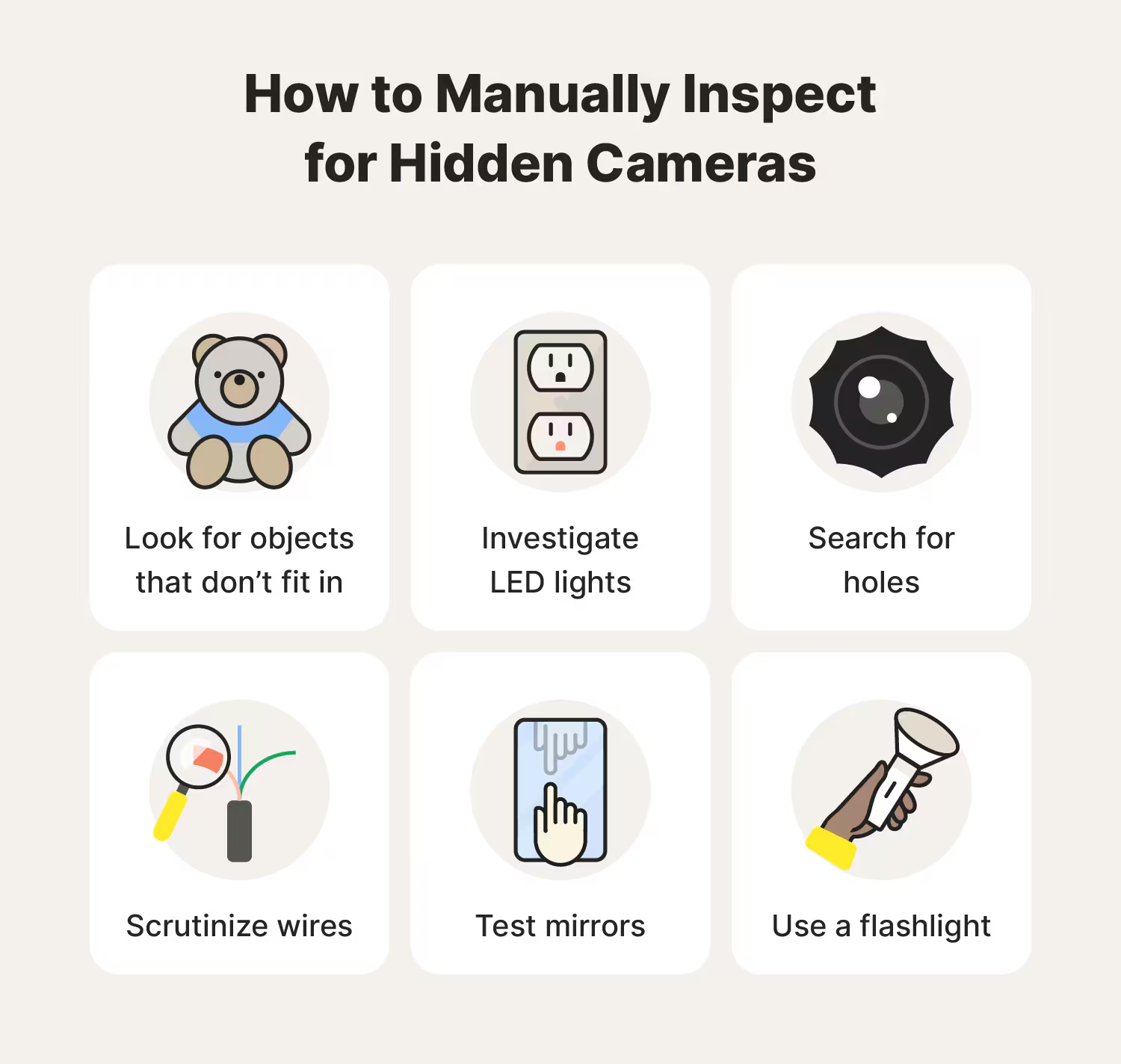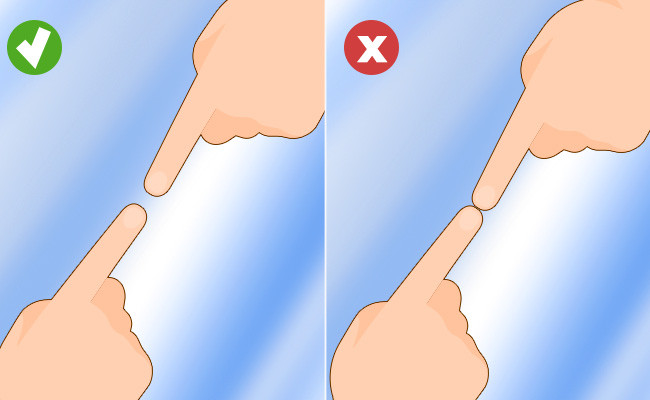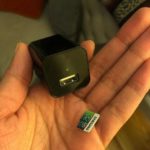On June 23, model Chau Bui shared on her personal Facebook page that she had fallen victim to a hidden camera. She discovered a spy camera disguised as a clock in the bathroom, recording her while she was changing. She reported the incident to the authorities and warned others about similar devices “being sold rampant in the market with various shapes, functions, and extremely sophisticated designs, capable of being placed anywhere.”
Not everyone can spot a hidden camera as Chau Bui did. Spy cameras come in various shapes, sizes, and colors. As they are intended to secretly record people’s images, activities, and conversations, they are often carefully disguised by malicious individuals.
According to Norton, a cybersecurity software company, spy cameras are typically hidden in 30 different locations, including smoke detectors, small holes in walls, pens, books, computer mice, ceiling/table lamps, coat hangers, DVD cases, power outlets, alarm/wall clocks, bookshelves, toys, shower heads, vents, doorbells, picture frames, decorations, mirrors, appliances, and air purifiers.

Some ways to detect hidden cameras concealed in a room. Image: Norton
Norton suggests three simple ways to detect spy cameras, and all you need is a smartphone and a mobile app.
1. Manual Inspection
When staying in a rented apartment, hotel room, etc., it is advisable to check for potential spy camera locations as mentioned earlier. Turn on your phone’s flashlight and scan the room, looking for tiny blue or purple dots, which could indicate camera lenses. In a dark room, turn off the lights and close the curtains; if you notice small lights, it may be a sign of hidden cameras. To protect yourself, unplug the device or search online to identify it.
Additionally, be vigilant about objects that seem out of place. For instance, stuffed toys in a modern apartment. Items like alarm clocks, smoke detectors, and picture frames can also be used to conceal cameras.

Test if a mirror is real or hiding a camera by touching the surface with your finger. Image: Norton
Inspect electrical wires as they may be connected to hidden cameras. Don’t forget to scrutinize every tiny hole in walls, furniture, decorations, and statues. Lastly, test mirrors by touching the surface with your finger. If it’s a genuine mirror, you will see a gap between your finger and its reflection; if it’s a two-way mirror or hiding a camera, your finger and its reflection will almost touch.
2. Use Apps and Your Phone’s Camera
If your phone has an infrared camera, you can use it to search for hidden cameras. Open the camera and scan the room for steady or blinking light clusters, which could indicate hidden cameras. Alternatively, use apps that combine different technologies like Bluetooth scanning and infrared detection. These apps can detect devices within close proximity. However, never download apps from unofficial sources as you risk installing malware. Always opt for Google Play, App Store, or trusted websites.
3. Check Your Wi-Fi Network
Some spy cameras connect to the internet, allowing malicious actors to control and monitor them remotely. If such a camera is connected to your Wi-Fi, you can detect it by checking your wireless network. If you’re at home, log in to your router as an administrator and look for unknown devices. Spy cameras often show up as “unknown device” or have unusual names. Remove them from your network. If you’re elsewhere, download a Wi-Fi scanning app, which will detect all devices connected to the same Wi-Fi as you. Look for suspicious names like “Ipcamera” or “InteriorCam.”
What to Do If You Find a Spy Camera?
If you discover a spy camera where you’re staying, follow these steps: Cover the camera without removing or damaging it; take photos or videos as evidence; leave the premises if you feel unsafe; and report the incident to the authorities.
Source: Vietnamnet
What are the Benefits of Unplugging the TV Plug when Staying at a Hotel or Motel?
When visiting a new place, many of us stay in a hotel or guesthouse. After making sure our belongings are safely tucked away, we often count the items in the room to check if anything is missing or broken. What many of us forget to do, though, is a small yet important task – unplugging the TV. In the article below, we delve into why unplugging the TV is so important and the potential risks of not doing it.



































